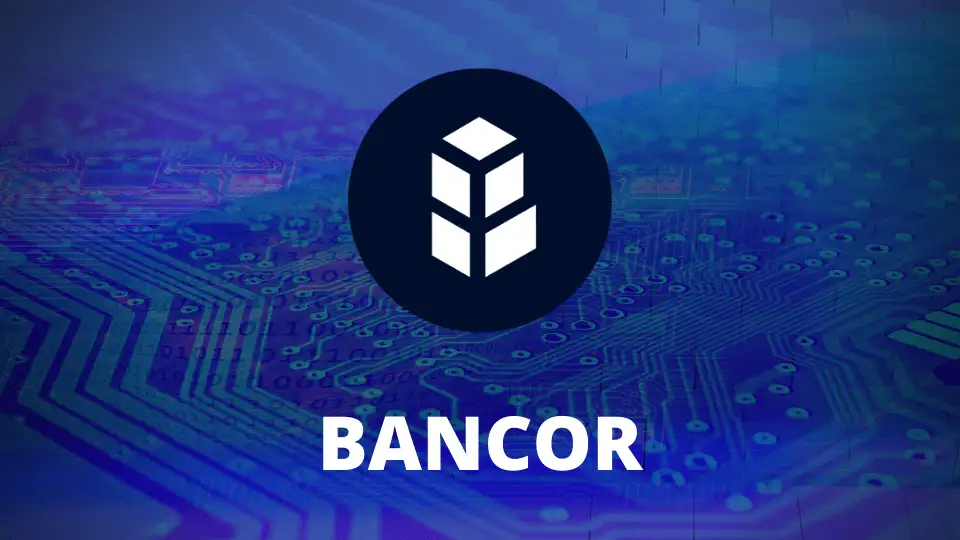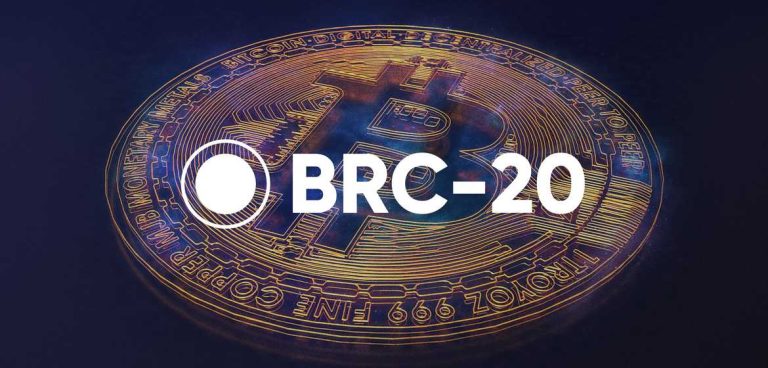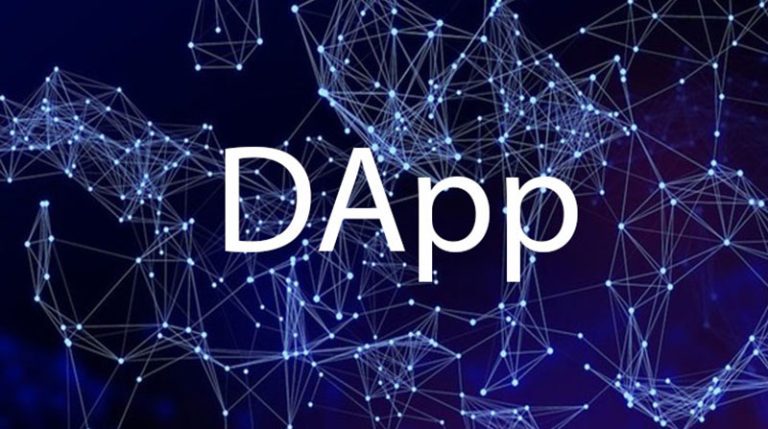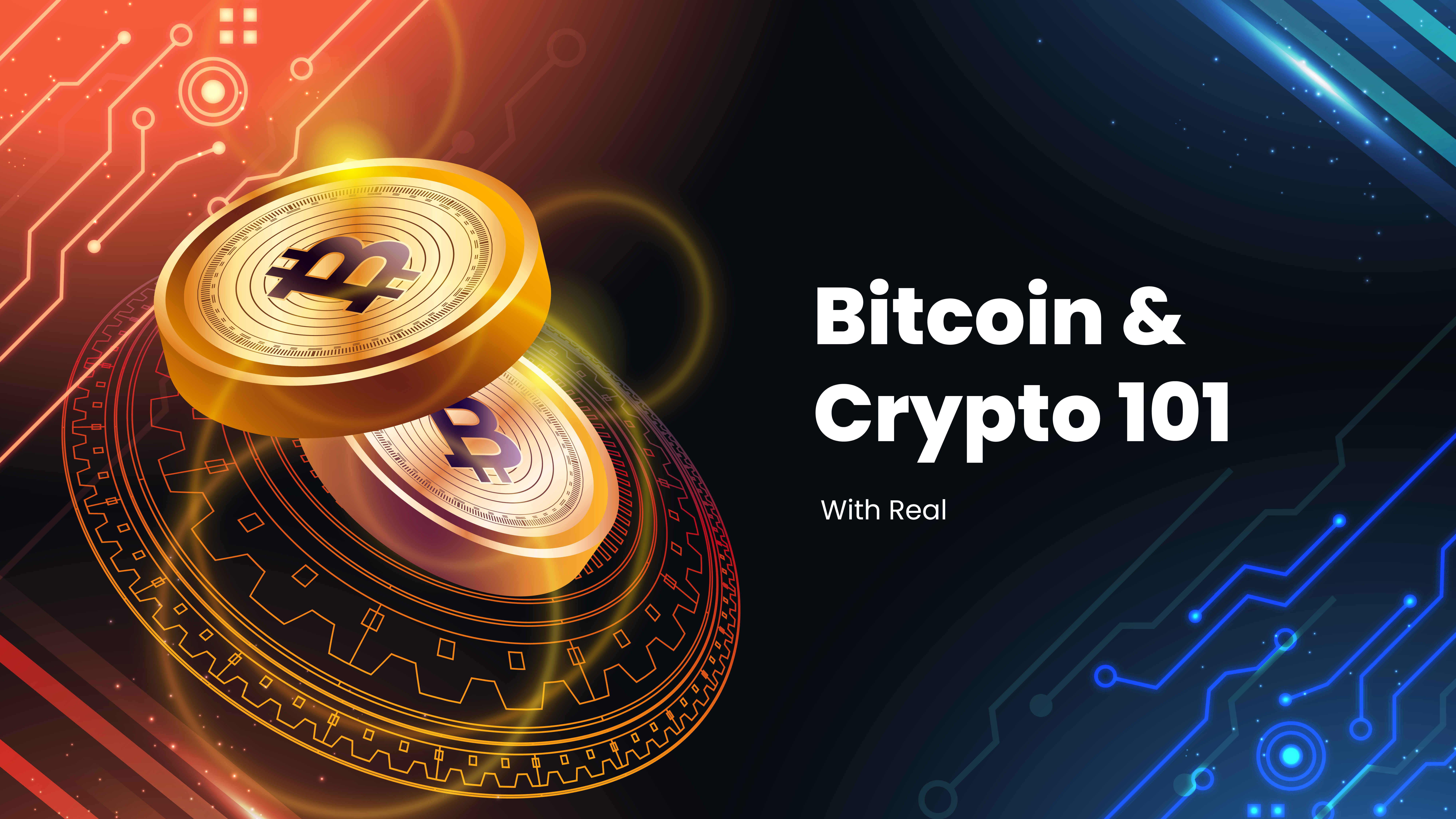Introduction
As decentralized finance (DeFi) grows, the Bancor Protocol becomes a significant player, changing how liquidity works. In this detailed guide, we’ll look at how Bancor does things differently in DeFi and why many people in the crypto world see it as crucial.
Bancor Protocol Overview
The Bancor Protocol is a game-changer in decentralized finance (DeFi), transforming how liquidity works in the crypto world. Instead of using traditional order book systems, it relies on smart contracts and a clever automated market-making method. This means it doesn’t need centralized exchanges, making sure there’s always enough liquidity for smooth asset trading without the usual middlemen.
Bancor’s goal is to create a decentralized and efficient market for different tokens, giving users better liquidity and less slippage. It does this by using decentralized pools of assets contributed by users, adjusting token prices based on how much people want them. The Bancor Network Token (BNT) is crucial here – it helps with easy conversions, has a say in governance, and boosts network security. Bancor’s special approach also tackles worries about temporary losses, making providing liquidity more appealing and solidifying its role in the changing world of decentralized finance.
Bancor Liquidity Pool Mechanics
Bancor liquidity pools are created by users who contribute their assets to a smart contract, forming a pool that enables decentralized trading. The automated market maker adjusts token prices based on the pool’s liquidity, providing users with low slippage and efficient trades. BNT plays a central role as a connector token, allowing for efficient conversions between different assets within the Bancor network.
Features of Bancor Liquidity Pools
- Decentralized Pool Formation: Bancor liquidity pools aren’t controlled by a central authority. Instead, users autonomously contribute their assets to smart contracts, creating decentralized pools for specific token pairs.
- Automated Market Maker (AMM) System: Bancor’s liquidity pools operate using an Automated Market Maker (AMM) mechanism. This algorithm adjusts token prices based on the current liquidity in the pool. As users add or withdraw assets, the AMM updates prices to accurately reflect supply and demand dynamics.
- Low Slippage and Efficient Trading: Bancor excels in providing low slippage during trades. Unlike some decentralized exchanges, Bancor’s AMM dynamically adjusts prices according to available liquidity. This ensures efficient and predictable trades, even with less liquid assets.
- BNT’s Role as a Connector Token: The Bancor Network Token (BNT) is a crucial part of liquidity pools, acting as a connector token. BNT facilitates smooth conversions between different assets within the Bancor network. This feature boosts liquidity by enabling users to trade between various tokens without needing direct pairs.
- Continuous Liquidity Provision: Bancor’s liquidity pools offer uninterrupted liquidity. Users can trade assets whenever they want, without relying on external market conditions or specific trading pairs. This guarantees a more dependable and user-friendly trading experience.
- Impermanent Loss Management: Bancor tackles impermanent loss concerns through its innovative approach. The AMM adjusts token prices dynamically, lessening the impact of impermanent loss for liquidity providers. This feature encourages more users to take part in liquidity provision, enhancing the overall strength of the Bancor liquidity ecosystem.
Understanding these features highlights Bancor’s dedication to establishing a decentralized, efficient, and user-friendly trading environment. As DeFi enthusiasts explore the crypto space, Bancor’s unique approach to liquidity provision emerges as a significant evolution in decentralized finance, offering a practical alternative to traditional centralized exchanges.
Benefits and Drawbacks of Bancor Liquidity Pools
Benefits:
- Reduced Slippage: Bancor’s automated market-making method decreases slippage during trades. Users can carry out transactions at more predictable prices, lessening the impact of price fluctuations, especially beneficial for assets prone to higher volatility.
- Continuous Liquidity: Bancor’s liquidity pools ensure ongoing access to liquidity. Unlike traditional exchanges with potential liquidity gaps, Bancor lets users trade assets at any time. This is essential for those wanting a smooth and unrestricted trading experience, regardless of external market conditions.
- Impermanent Loss Mitigation: Bancor effectively addresses impermanent loss concerns in liquidity provision. The automated market maker’s dynamic price adjustments minimize the impact on liquidity providers, encouraging more users to engage in liquidity provision and enhancing the stability of Bancor’s liquidity ecosystem.
- Efficient Trading: The elimination of traditional order books streamlines the trading process on Bancor. Traders can execute transactions efficiently, benefiting from algorithmically determined prices that respond dynamically to the liquidity within the pool. This efficiency is particularly valuable for users who prioritize swift and seamless trading experiences.
Drawbacks:
- Dependency on Smart Contracts: Bancor’s reliance on smart contracts for pool management introduces a degree of dependency on the robustness and security of these contracts. Issues with smart contracts could potentially impact the functioning of liquidity pools.
- Limited Asset Coverage: Although Bancor supports a diverse range of tokens, there are limitations to the assets available within its liquidity pools. Some users may find that specific tokens or pairs they are interested in are not well-represented, potentially restricting their ability to trade certain assets on the Bancor platform.
- Network Adoption and Liquidity Challenges: The success of Bancor’s liquidity pools relies on network adoption and the collective participation of users. In less-adopted token pairs, liquidity may be lower, affecting trading efficiency. As the platform continues to grow, addressing liquidity challenges in less popular pairs becomes essential for maintaining a well-rounded ecosystem.
Understanding these benefits and drawbacks provides a more nuanced perspective on engaging with Bancor’s innovative liquidity provision model within the decentralized finance ecosystem.
Use Cases and Success Stories
Projects in the realms of decentralized exchanges, token issuers, and liquidity providers have effectively employed Bancor, highlighting its adaptability and dependability across different scenarios. These success stories serve as examples of how Bancor enables users to establish efficient markets and attain liquidity objectives in a decentralized manner.
Future Developments and Roadmap
Bancor’s future plans include advancing interoperability, enhancing user experience, and promoting further decentralization. Collaborations with other projects and the integration of emerging technologies underline Bancor’s dedication to leading DeFi innovation. Understanding the protocol’s roadmap empowers users to stay well-informed and involved in the dynamic landscape of decentralized finance.
Conclusion
Bancor’s distinctive method of providing liquidity, utilizing automated market making and ensuring continuous liquidity provision, has established it as a significant player in the decentralized finance landscape. This comprehensive overview, encompassing its mechanics, advantages, criticisms, real-world applications, and the significance of the native token BNT, equips users with a thorough understanding as they navigate the realm of DeFi with Bancor. Staying informed about Bancor’s roadmap and upcoming developments empowers readers to make well-informed decisions while engaging with this innovative protocol.
Disclaimer: Nothing in this article is financial advice. It is for educational purposes only. Liquidity pools are risky. Always do your due diligence and research.




